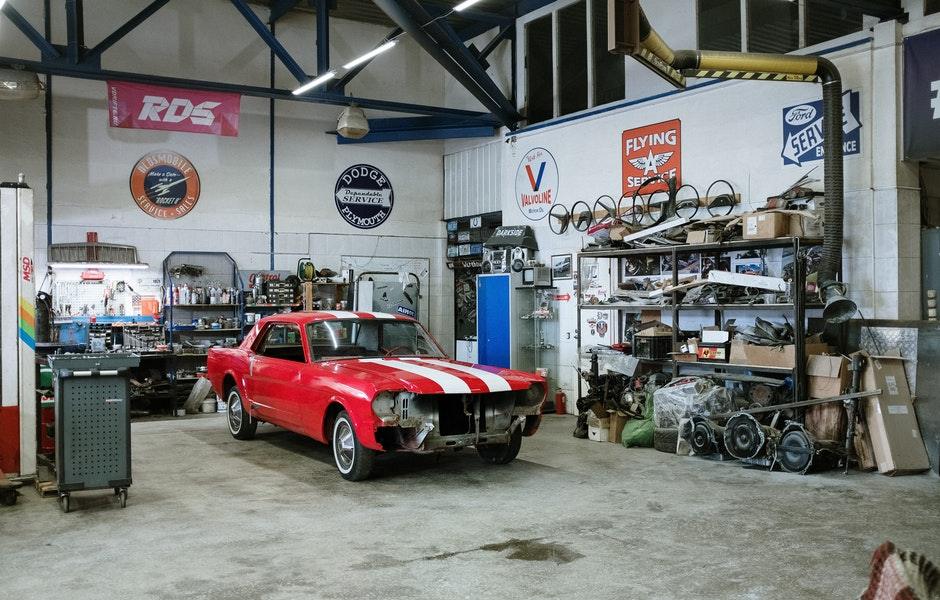Overview
The main difference between lithium ion battery jump starter and lead virtual battery jump starter is their battery type. The material difference between the two batteries brings the difference in performance and cost. While both lithium-ion and lead-acid battery options are commonly used as energy storage devices, in most cases, lithium-ion battery technology is superior to lead-acid technology due to characteristics such as reliability and efficiency.

Cost
One aspect in which lead-acid batteries seem to be superior to lithium-ion batteries is their cost. Lead-acid batteries can cost 60-70% less than similar-sized lithium-ion batteries, and while lead-acid batteries typically cost less than lithium-ion batteries, lithium-ion batteries have a balanced lifetime value. Below, we'll outline other important characteristics to consider for each battery type, and explain why lithium battery igniters have an advantage
Capacity
The capacity of a battery is a measure of how much energy it can store (and ultimately discharge). While capacity figures vary by battery model and manufacturer, lithium-ion battery technology has been well documented to have a much higher energy density than lead-acid batteries. This means that using the same physical space can store more energy in a lithium-ion battery. Because you can store more energy with lithium-ion technology, you can release more energy, which provides more appliances for longer periods of time. The advantage of energy density makes the jump starter smaller, lighter and more portable for the same amount of electricity.

The depth of discharge
The discharge depth of a battery is the percentage of batteries that can safely run out of energy without damaging the battery. While it is normal to use 85 percent or more of a lithium-ion battery's total capacity in a single cycle, lead-acid batteries should not discharge more than about 50 percent, as doing so can negatively affect battery life. The superior discharge depth possible with lithium-ion technology means that lithium-ion batteries have a higher effective capacity than the lead-acid option, especially given the higher energy density of the aforementioned lithium-ion technologies. The higher peak current allows the jump starter to start larger vehicles.
Efficiency
Battery efficiency is an important metric to consider when comparing the different options. Most lithium-ion batteries are 95 percent or more efficient, meaning that 95 percent or more of the energy stored in a lithium-ion battery can actually be used. In contrast, lead-acid batteries are closer to 80 to 85 percent efficient. More efficient batteries charge faster, similar to the depth of discharge, and increased efficiency means higher effective battery capacity.
Lifespan
Batteries are also similar to solar panels in that they degrade over time and become less effective with age. These numbers vary from study to study, but lithium-ion batteries typically have several times more cycles than lead-acid batteries, giving lithium-ion products a longer effective life, the jump starter also has longer service life.
According to the comparison in the article, choose the right jump starter for you.
Contact Us
For further product information, please visit:
Official website: https://www.lokithorshop.com/
Facebook: https://www.facebook.com/Lokithorshop/
Email address: info@lokithorshop.com
Recommended Reading: How to Choose a Jump Starter That is Suitable for You?






Leave a comment
All comments are moderated before being published.
This site is protected by hCaptcha and the hCaptcha Privacy Policy and Terms of Service apply.